- All Flags
- Flags of Countries by Continent
-
Flags of Organizations
- Flags of UN countries
- Flags of the European Union countries
- Flags of NATO countries
- Flags of the countries of the Organization of Islamic Cooperation
- Flags of the countries of the Organization of American States
- Flags of the Arab League countries
- Flags of the African Union countries
- Flags of the countries of the Union of South American Nations
- Flags of the Commonwealth of Nations
- Flags of the countries of the Secretariat of the Pacific Community
- Flags of the Nordic Council countries
- Flags of the Caribbean Community
- Flags of the countries of the Association of Southeast Asian Nations
- Flags of the East African Community
- Flags of the countries of the Organization of Turkic States
- LGBT Community Flags
- Historical Flags
- Ethnic Flags
- Flags of the USA (states)
Subcategories
Flag of Bangladesh
The national flag of Bangladesh is a striking and poignant symbol that embodies the nation's struggle for independence, its vibrant spirit, and its deep connection to its land and people. Far more than just a piece of fabric, the flag, with its vivid green field and off-centred red disc, tells a powerful story of sacrifice, resilience, and the birt..
Flag of Barbados
The national flag of Barbados is a vibrant symbol that tells the story of the island, its natural beauty, and its journey to independence. Its design, adopted on the day of sovereignty, embodies the spirit of the nation and its break from the colonial past. The flag is a powerful source of national pride, serving as a reminder of the country's path..
Flag of Belarus
The flag of Belarus is a potent national symbol, deeply connected to the country's Soviet past while subtly incorporating traditional Belarusian cultural elements. Adopted in 2012, it is a modification of the 1951 flag of the Byelorussian Soviet Socialist Republic (BSSR), serving as a deliberate link to that era. This design choice sets it apart fr..
Flag of Belgium
The flag of Belgium is a powerful and enduring symbol of a nation known for its complex history, linguistic diversity, and pivotal role in European affairs. Its design, a vertical tricolor of black, yellow, and red, embodies the country's struggle for independence, its monarchical heritage, and the national resilience that has defined its journey. ..
Flag of Belize
The national flag of Belize is a vibrant and complex symbol that tells the story of a nation born from its struggle for independence. Its design is deeply intertwined with its colonial past, rich natural resources, and the aspiration for unity. The flag is a source of immense national pride, serving as a constant reminder of Belize’s journey ..
Flag of Benin
The national flag of Benin is a vibrant and historically rich symbol, encapsulating the nation's journey from colonial rule to independence, and its enduring aspirations for prosperity, democracy, and national unity. Originally adopted on November 16, 1959, before the country officially gained full sovereignty, and then re-adopted on August 1, 1990..
Flag of Bermuda
The flag of Bermuda is a unique and historically significant emblem that stands out among the flags of British Overseas Territories. Its design, a striking Red Ensign with the Bermuda coat of arms, tells a captivating story of maritime heritage, British influence, and the island's unique identity. Adopted on October 4, 1910, and later modified, the..
Flag of Bhutan
The national flag of Bhutan, known in Dzongkha as the Druk gyal Khadar (meaning "Dragon Kingdom Flag"), is a striking and profoundly meaningful emblem that encapsulates the nation's unique identity, its rich cultural heritage, and its deep spiritual connection to Buddhism. Unlike many flags born from violent revolution or colonial independence, Bhu..
Flag of Bolivia
The flag of Bolivia is a vibrant tricolor that serves as a profound symbol of the country's history, natural riches, and national spirit. Composed of horizontal stripes of red, yellow, and green, it is an embodiment of the memory of the struggle for independence, pride in mineral resources, and hope for the future. The official state flag, used by ..
Flag of Bonaire
The national flag of Bonaire is a vibrant and distinct symbol that embodies the island's unique identity, its natural beauty, and its cultural heritage. The flag, adopted in 1981, tells the story of Bonaire as a Caribbean island and its aspirations for prosperity and peace. The flag is a significant symbol for the islanders, reflecting their connec..
Flag of Bosnia and Herzegovina
The flag of Bosnia and Herzegovina is a modern and striking national symbol, representing the unique and complex identity of a country that has navigated a challenging post-conflict period to forge a unified future. Adopted in 1998, it replaced a previous design that was never fully embraced by all ethnic groups. This contemporary flag was specific..
Flag of Botswana
The national flag of Botswana is a vibrant and deeply symbolic emblem that encapsulates the aspirations, values, and natural characteristics of this remarkable Southern African nation. Adopted on September 30, 1966, the very day Botswana gained its independence from British rule, the flag serves as a powerful visual testament to the country's peace..
Flag of Brazil
The flag of Brazil is one of the most recognizable and symbolic flags in the world. With its vibrant green field, large yellow rhombus, and a unique celestial globe at its center, it is a powerful representation of the nation's rich nature, vast resources, and philosophical ideals. Known affectionately as the "Auriverde" (gold-green), the flag tell..
Flag of Brunei
The national flag of Brunei Darussalam is a striking and culturally rich symbol that embodies the sultanate's deeply rooted traditions, its unwavering commitment to Islam, and its enduring independence. More than just a piece of cloth, the flag, adopted in its current form on September 29, 1959, and officially raised upon full independence on Janua..
Flag of Bulgaria
The flag of Bulgaria is a proud and instantly recognizable national symbol, embodying the country's rich history, enduring spirit, and aspirations for the future. Consisting of three horizontal stripes of white, green, and red, it represents the Bulgarian people's struggles for independence, their connection to the land, and the sacrifices made for..
Flag of Burkina Faso
The national flag of Burkina Faso is a powerful and evocative symbol, deeply intertwined with the country's transformative history and its aspirations for freedom, justice, and development. Adopted on August 4, 1984, a year after the revolution that brought Thomas Sankara to power and renamed the country from Upper Volta to Burkina Faso (meaning "L..
Flag of Burundi
The national flag of Burundi is a striking and deeply symbolic emblem, a vibrant testament to the nation's independence, its historical struggles, and its aspirations for unity, peace, and progress. Adopted on June 28, 1967, nearly five years after gaining full independence from Belgium on July 1, 1962, it replaced the country's monarchical flag, s..
Flag of California (US state)
The flag of the state of California, affectionately known as the "Bear Flag," is one of the most recognizable and historically significant state banners in the United States. Its striking design is not merely an emblem; it is a direct link to a pivotal moment in the state’s history—the Bear Flag Revolt of 1846. The flag proudly tells th..
Flag of Cambodia
The national flag of Cambodia is a powerful and evocative symbol, deeply rooted in the nation's ancient history, rich culture, and enduring spirit. Unlike many flags, it prominently features a central architectural masterpiece, Angkor Wat, directly linking the modern state to its glorious past and symbolizing the profound connection between the peo..
Flag of Canada
The national flag of Canada, affectionately known as the "Maple Leaf Flag," is a globally recognized symbol of a modern, peaceful, and multicultural nation. Its clean, bold design and simple color scheme make it instantly identifiable and a source of immense pride for Canadians. Adopted in 1965, the flag represents a definitive break from colonial ..
Flag of Cape Verde
The national flag of the Republic of Cabo Verde (Cape Verde) is a striking and profoundly symbolic representation of the island nation's unique identity, its journey to independence, and its enduring aspirations. Adopted on September 25, 1992, it replaced an older flag that more closely mirrored the colors and symbolism of Guinea-Bissau, reflecting..
Flag of Catalonia
The flag of Catalonia, known as the Senyera, is not merely a regional symbol but a deeply embedded element of Catalan identity, history, and aspirations. Its red and yellow stripes embody centuries of heritage, resilience, and cultural distinctiveness. This ancient symbol continues to play a central role in the life of Catalonia, from historical na..
Flag of Chad
The national flag of Chad is a beacon of its identity, a vibrant symbol reflecting the nation's diverse geography, its rich aspirations, and the historical journey towards self-determination. Adopted on November 6, 1959, while Chad was still an autonomous republic within the French Community, the flag's design remained unchanged upon achieving full..
Flag of Chile
The flag of Chile is a powerful symbol that embodies the country's history, geography, and national spirit. Its concise yet expressive design was officially adopted in 1817 and has witnessed all the key events in Chile's history of independence. Each element of the flag carries a deep meaning, reflecting the country's natural beauty, its values, an..
Flag of China
The national flag of the People's Republic of China (PRC) is a potent emblem, deeply imbued with the political ideology and revolutionary history that shaped modern China. Known as the "Five-star Red Flag" (WuxingHongqi in Mandarin), it stands as a testament to the nation's journey from turmoil to its current global prominence. More than just a nat..











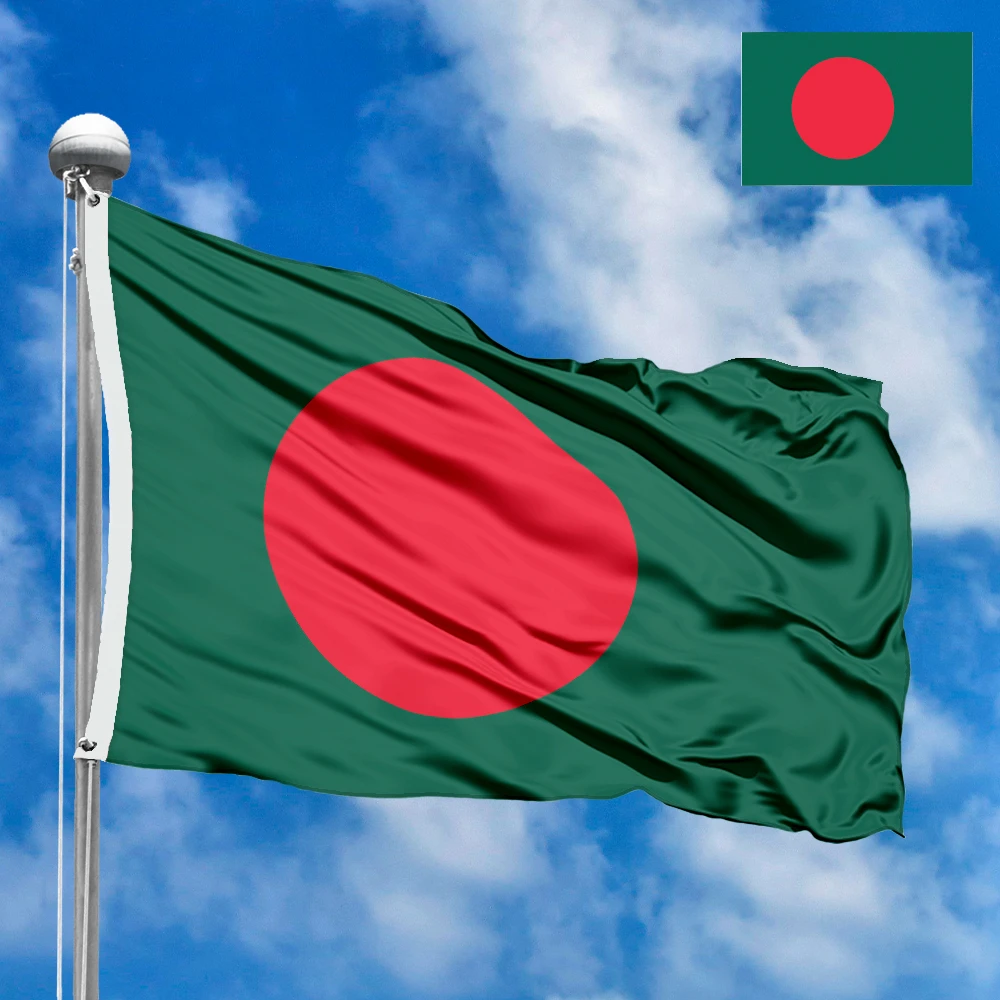



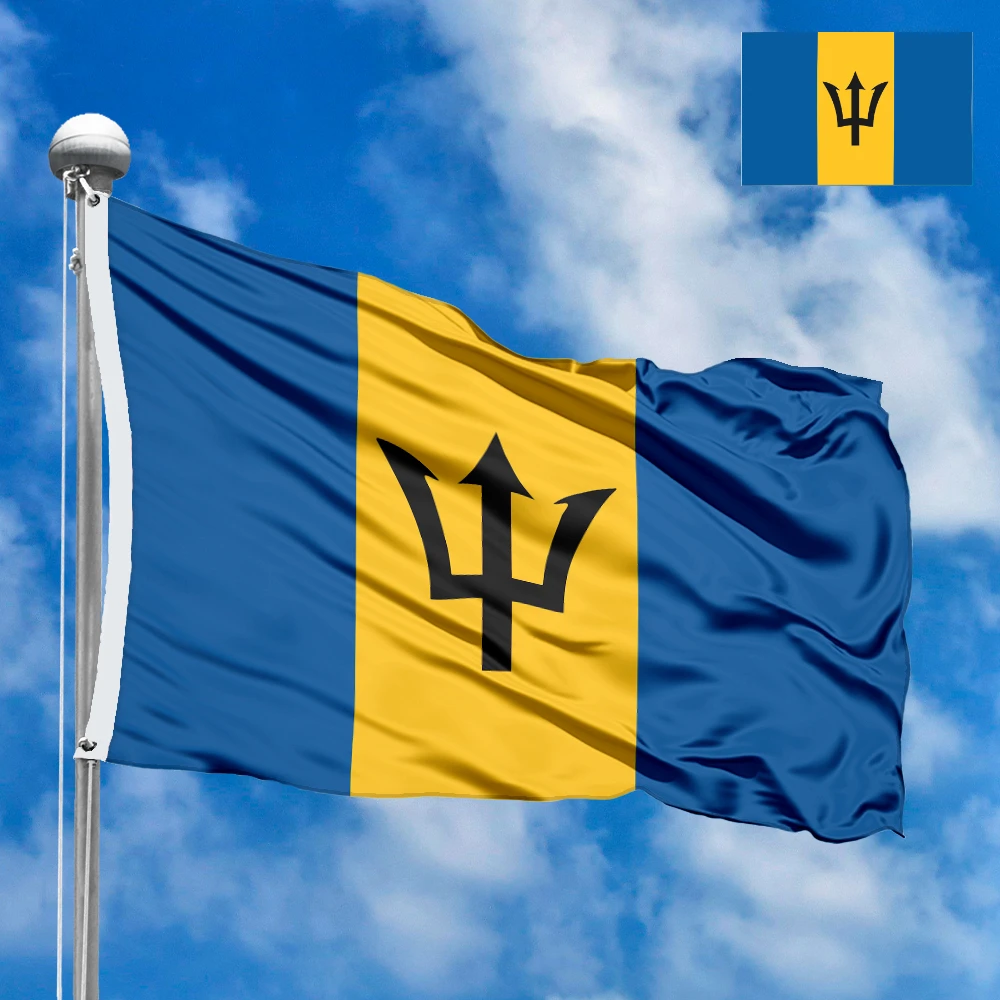











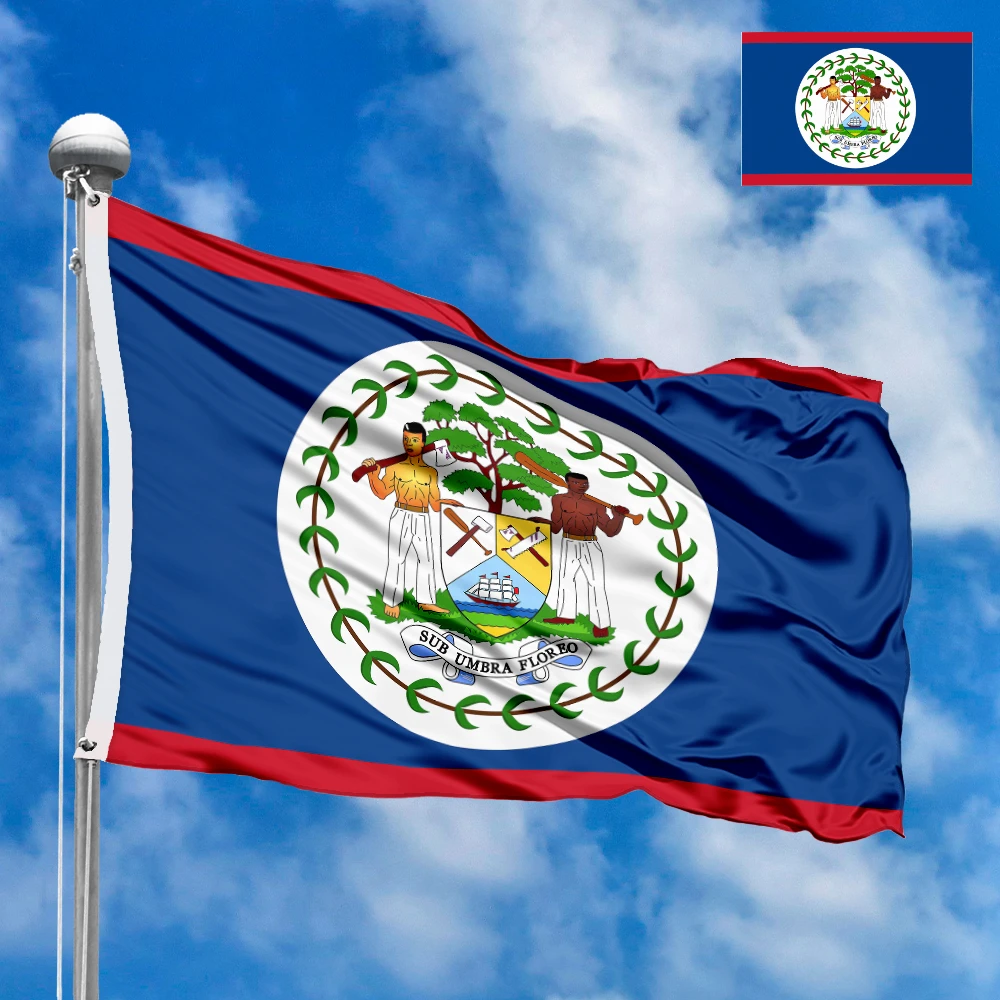























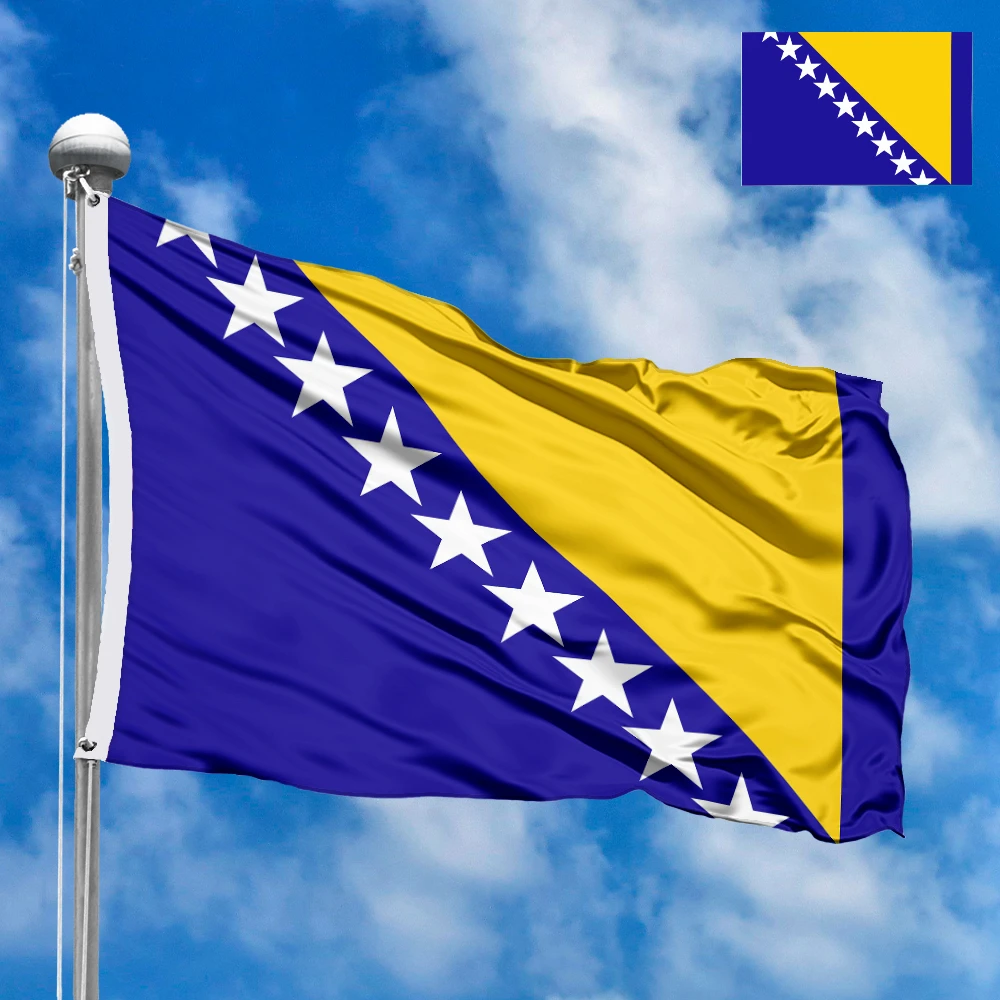



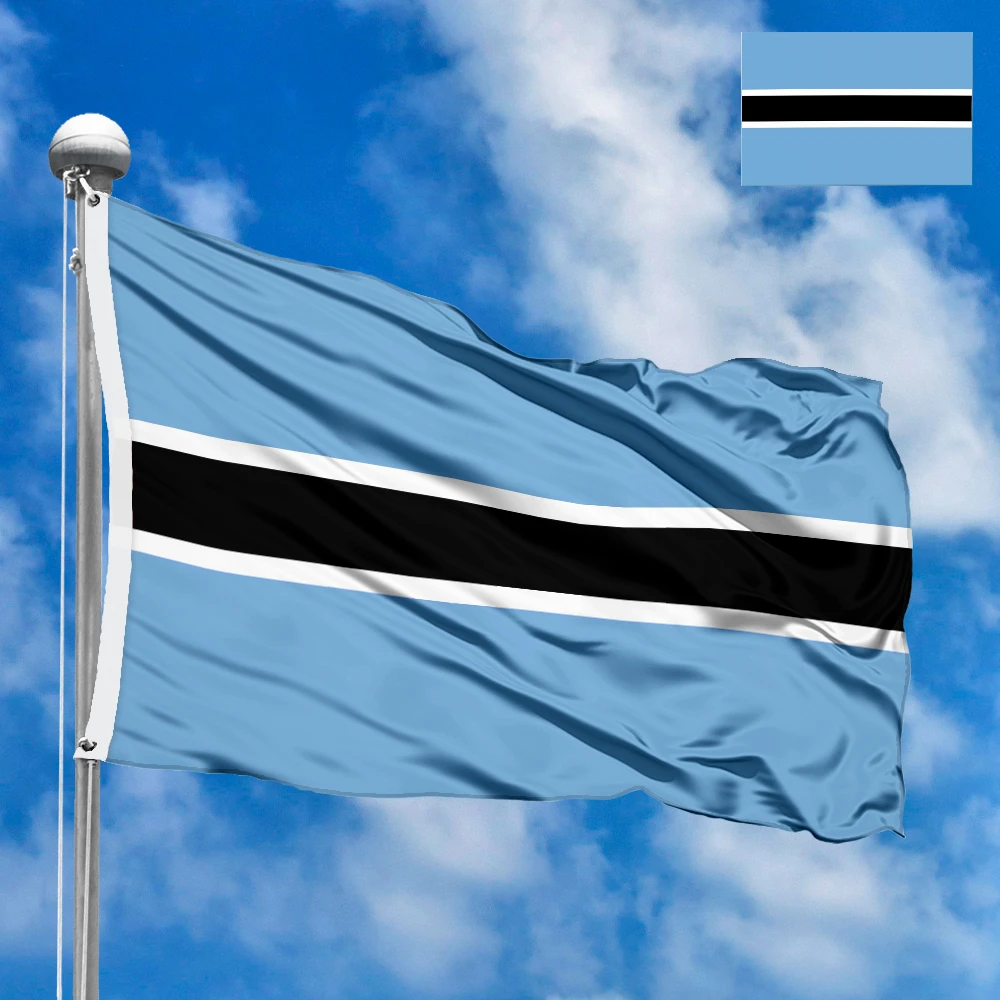



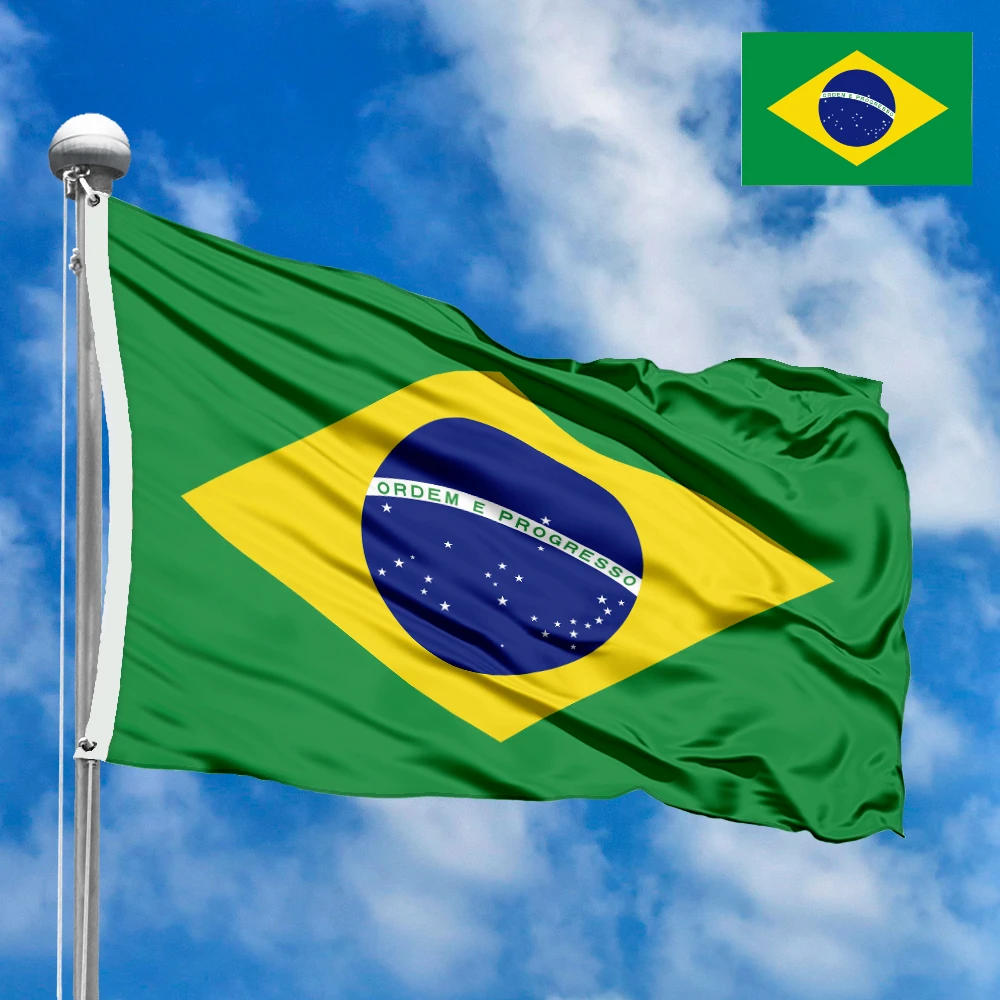



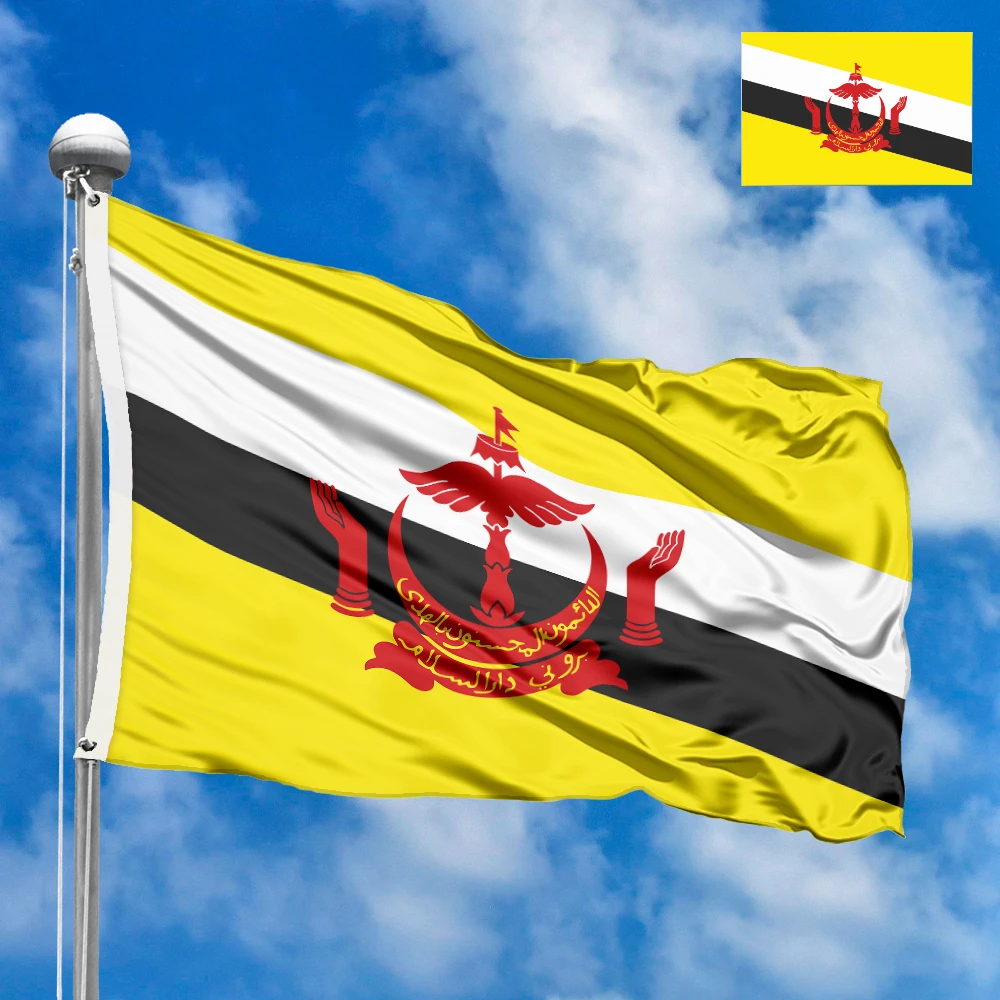



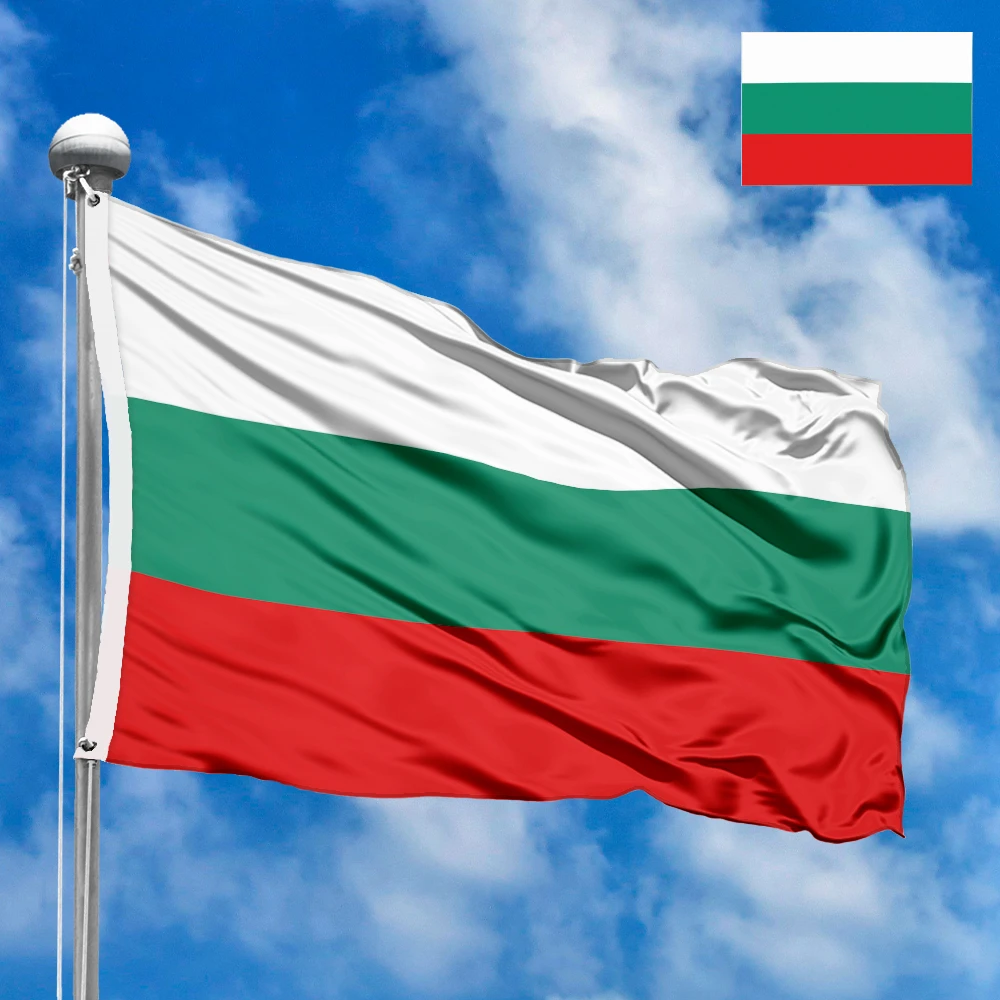







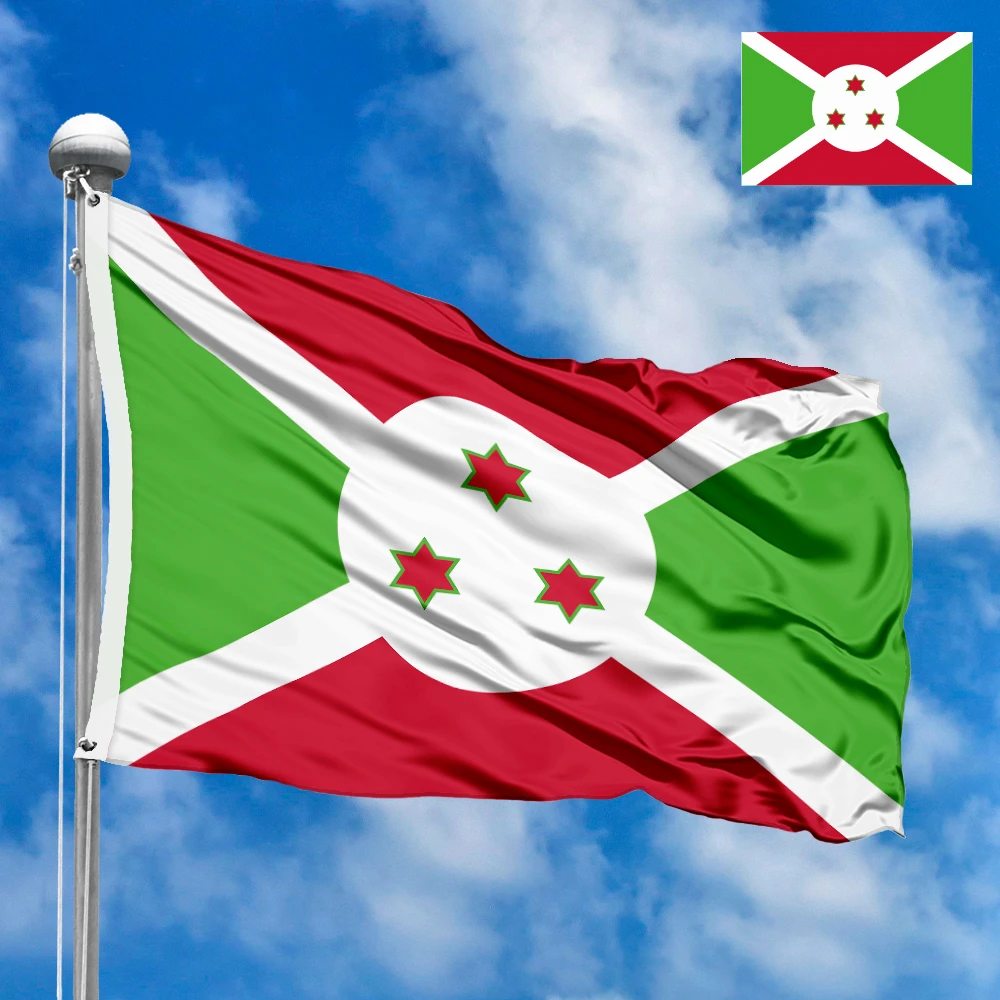



























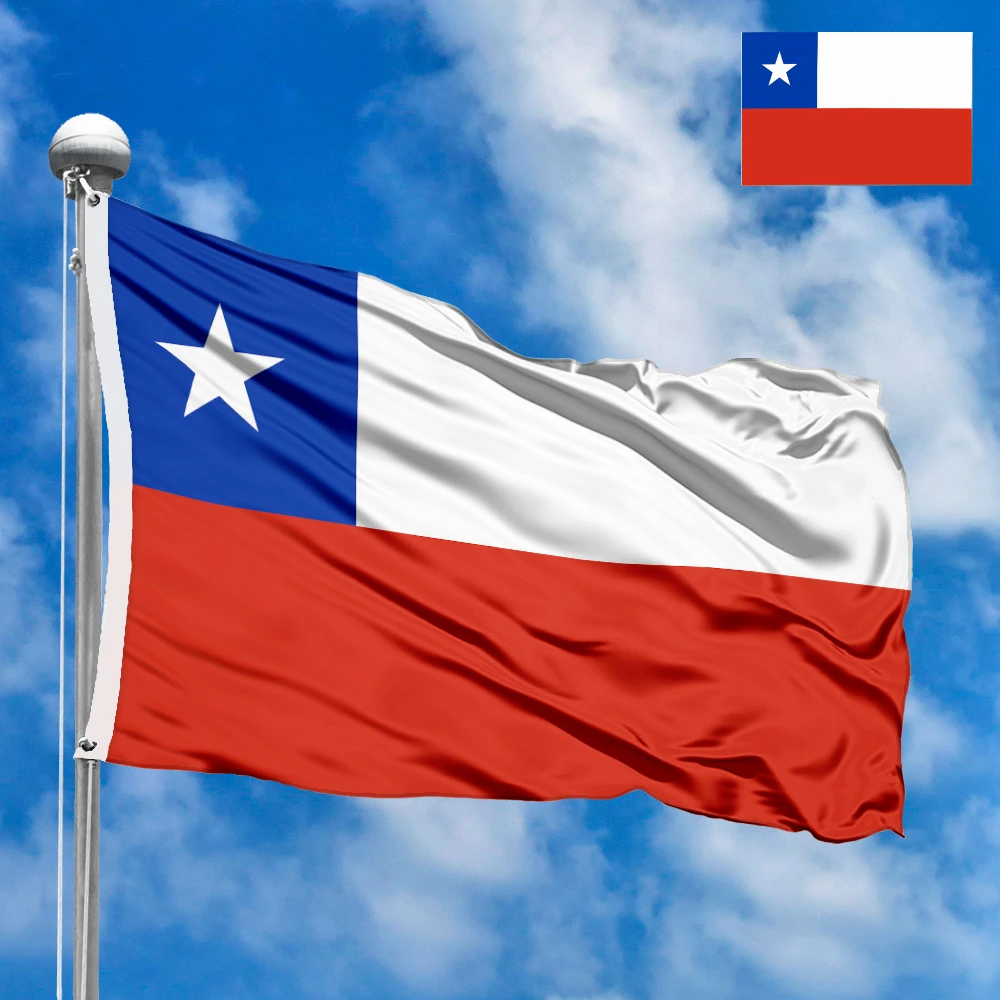




 Flags of Europe
Flags of Europe Flags of Asia
Flags of Asia Flags of Africa
Flags of Africa Flags of North America
Flags of North America Flags of South America
Flags of South America Flags of Australia and Oceania
Flags of Australia and Oceania Flags of Antarctica
Flags of Antarctica Flags of International Organizations
Flags of International Organizations LGBT Community Flags
LGBT Community Flags Historical Flags
Historical Flags Flags of the US States
Flags of the US States Ethnic flags
Ethnic flags